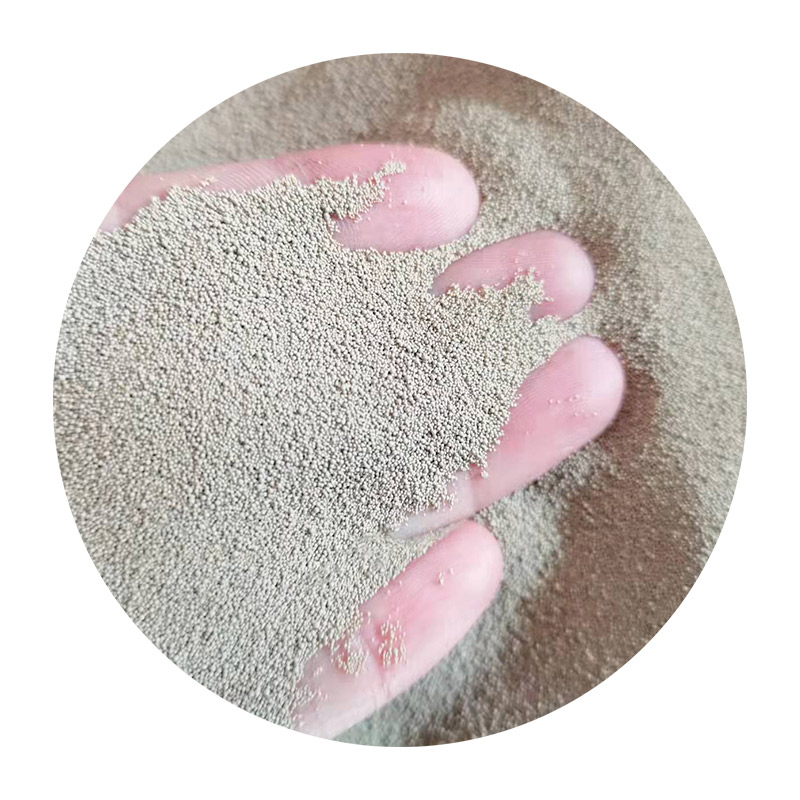Understanding the Parts of Sand Casting
Sand casting is one of the most widely used metal casting processes that offers flexibility, scalability, and economical production of complex geometries. The process has been utilized for centuries and continues to be a cornerstone of modern manufacturing. Understanding the various components involved in sand casting is essential for anyone looking to appreciate this artisanal and industrial technique.
1. Pattern
At the heart of sand casting is the pattern, a replica of the object to be cast. Patterns are typically made from materials such as wood, metal, or plastic, and they can be one-piece or multiple pieces depending on the complexity of the desired result. The pattern forms the cavity into which molten metal will be poured, and it must be designed with consideration for draft angles to allow easy removal from the sand mold. Additionally, patterns are often coated with a release agent to prevent sticking to the sand.
2. Mold
The mold is created using the sand mixture, which consists primarily of silica sand, clay, and water. The sand is compacted around the pattern to form a mold cavity. The main types of molds include 'green sand' molds, which are made from a mixture of sand, clay, and water, and 'dry sand' molds, where the sand is baked to harden before use. Mold-making requires expert handling to ensure that the sand particles are tightly packed, which ultimately affects the precision and finish of the cast object.
3. Core
For casting objects with internal features or complex geometries, cores are employed. Cores are made from similar sand mixtures and are positioned in the mold to create hollow sections within the cast piece. The incorporation of cores adds additional complexity to the mold design but is crucial for producing intricate shapes such as engine blocks or pipe fittings.
4. Pouring System
parts of sand casting

Once the mold and cores are ready, the next significant component is the pouring system. This system includes the pouring basin, sprue, runners, and gates that channel the molten metal into the mold cavity. The design of the pouring system is vital to ensure smooth flow and minimize turbulence, which can lead to defects in the casting. Properly designed gates and runners allow for the controlled entrance of the molten metal, ensuring that the entire cavity is filled uniformly.
5
. Cooling and SolidificationAfter pouring, the molten metal needs time to cool and solidify. During this phase, heat transfer occurs, and the metal transitions from a liquid to a solid state. The cooling rate can significantly affect the mechanical properties of the final casting. Therefore, understanding the thermal factors at play during the solidification process is crucial for controlling the cast properties. This part often influences factors such as grain structure and residual stresses in the casting.
6. Finishing Operations
Once the metal has cooled and solidified, it is time to remove the casting from the mold. This process can include the breaking of the sand mold and the extraction of cores if used. Following this, various finishing operations may take place to enhance the appearance and functionality of the item. This may include machining, grinding, sandblasting or surface treatments.
7. Quality Control
Lastly, quality control is an indispensable part of the sand casting process. Inspections are conducted to check for defects such as porosity, dimensional inaccuracies, or surface imperfections. Testing methods vary from visual inspection to sophisticated non-destructive testing techniques.
In conclusion, the intricate parts of sand casting – from the pattern to quality control – work harmoniously to produce high-quality castings. Mastery of this process not only requires an understanding of the individual components but also the interplay between them. As industries continue to innovate and expand, the foundational principles of sand casting will persist, adapting to meet the demands of contemporary metalworking.
Post time:Dez . 12, 2024 09:39
Next:resin coated frac sand
